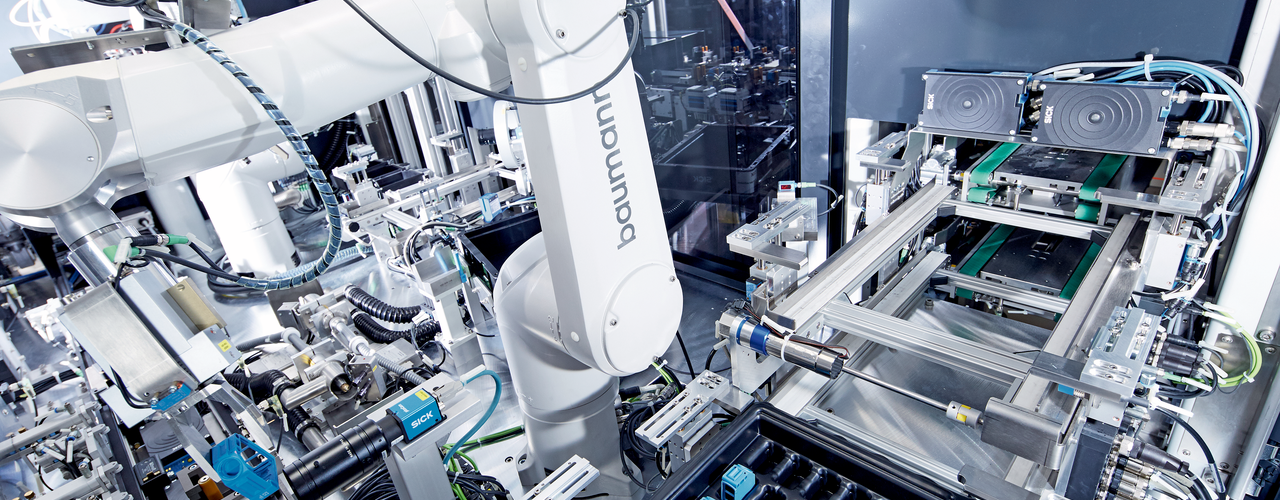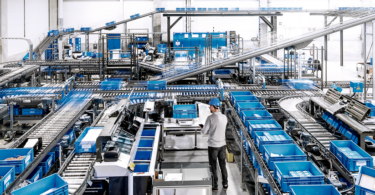Cooperative and collaborative robots are essential in the automation industry – but what’s the difference?
Robots are essential in the extremely fast-paced automation industry. Robots can help with efficiency and complete mundane tasks. It's important to note that there isn't a universal robotic solution, as there is a diverse range of robot types. Within the manufacturing sector, collaborative robots (cobots) and cooperative robots stand out as two of the most popular and essential applications.
Each of these, cobots and cooperative robots, possess distinct advantages and capabilities, making them compelling choices for automation. To determine the optimal fit for your application, it's crucial to comprehend the key differences between these two types of robots.
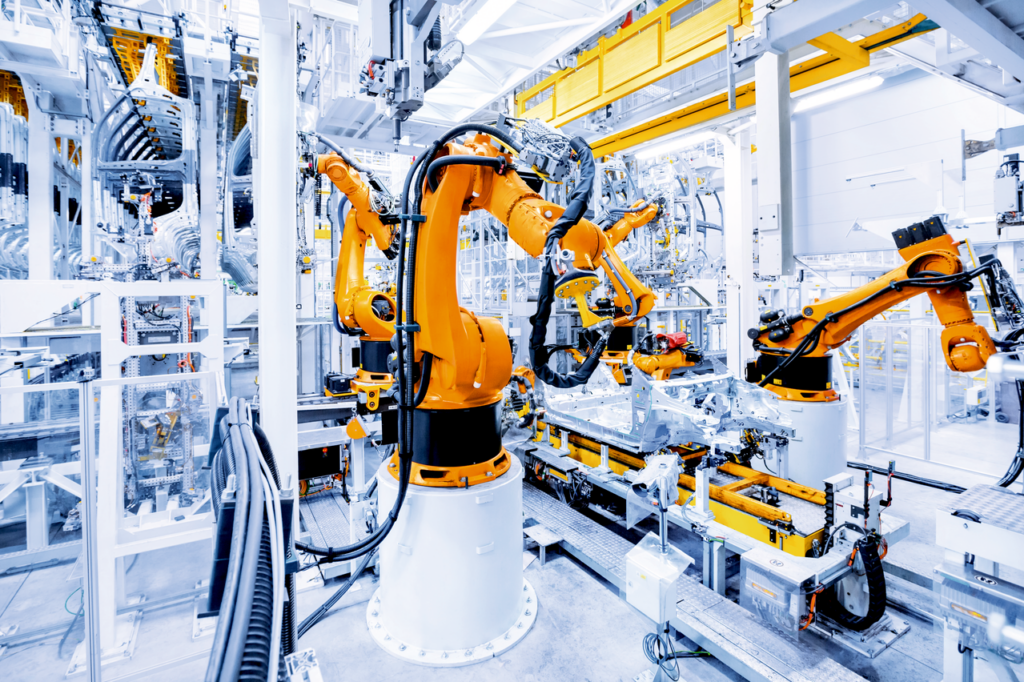
What is a Cobot?
A cobot, short for “collaborative robot,” is a type of robot designed to work alongside humans in a shared workspace, facilitating a collaborative and interactive environment. Unlike traditional industrial robots that often operate in isolation or behind safety barriers, cobots are specifically built to collaborate with human workers on various tasks. The key distinguishing feature of cobots is their ability to operate safely in close proximity to humans.
These robots are typically designed to perform a specific task, such as welding or assembly, and are relatively easy to program and operate. They are typically less expensive, but require more programming and maintenance costs.
What is a Cooperative Robot?
Cooperative robots refer to industrial robots with a virtual barrier between human operators and themselves. In terms of the product position, the cooperative robot stands in the middle of industrial robots and cobots, combining the benefits of both industrial robots and collaborative robots with the aid of safety sensors (laser scanners, typically).
Cooperative robots are more complex and require more advanced programming skills to operate. Because of this, cooperative robots tend to be more expensive.
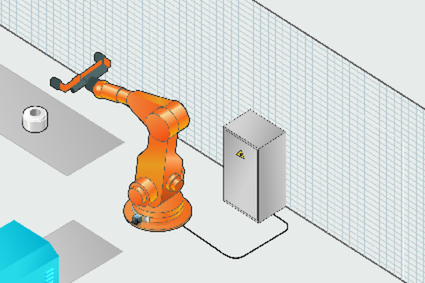
Degree of interaction
At their core, both cobots and cooperative robots are designed to work with humans on a task simultaneously. The key difference lies in the degree to which the robots and humans work together. Cobots are designed to work alongside humans without any physical barriers. This means that the robot is constantly interacting with its human counterpart and adjusting its behavior based on the environment and the human’s input. Cobots are typically programmed to follow a set of instructions that are determined before the robot is deployed.
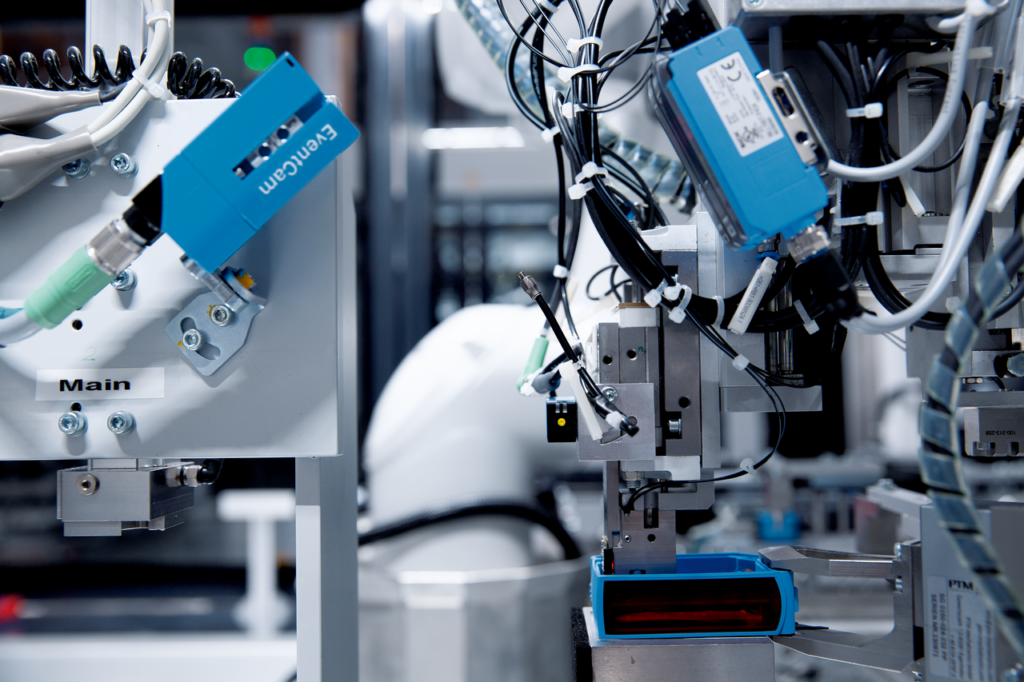
In contrast, cooperative robots are designed to work with humans with a virtual fence between human operators and the robot. A cooperative robot is a type of industrial robot, but it does not rely on a physical fence, but a virtual one typically created by safety laser scanners.
It uses LiDAR-based fences to split the workspace into three areas, often delineated as red, orange, and yellow zones; yellow being the farthest from the robot and red being the closest. If a person walks into the yellow zone, the robot continues running at full speed. If someone enters the orange zone, the robot slows down but still operates. And in the red zone, an emergency stop functionality will be triggered and it will stop moving.
No robot is inherently safe, collaborative, or cooperative on its own, but rather as an application. For it to be applied, you need the appropriate sensors and safeguarding in place.
SICK’s SBot
SICK's SBot Speed is a safety system for safeguarding free accessible robot applications. Using this safety system, the access to the robot is free and the robot will reduce the speed and, if necessary, stop when a detected object gets too close to the robot’s working area. The robot will resume its activities at full operational speed as soon as you leave this area, providing you with the highest level of productivity.
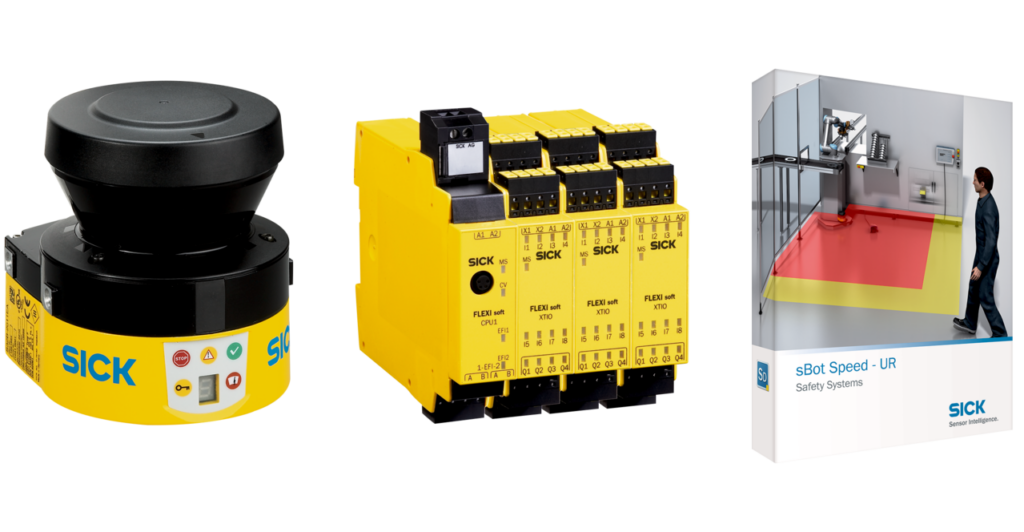
In conclusion, cobots and cooperative robots each have their own unique advantages and disadvantages. Understanding the key differences between the two can help you decide which type of robot is the best fit for your application. Cobots are typically less expensive and better suited for working in close proximity with humans, while cooperative robots are more expensive and require more advanced programming skills, but are more flexible.
Want to learn more about SICK's offerings for safe robotics applications?


